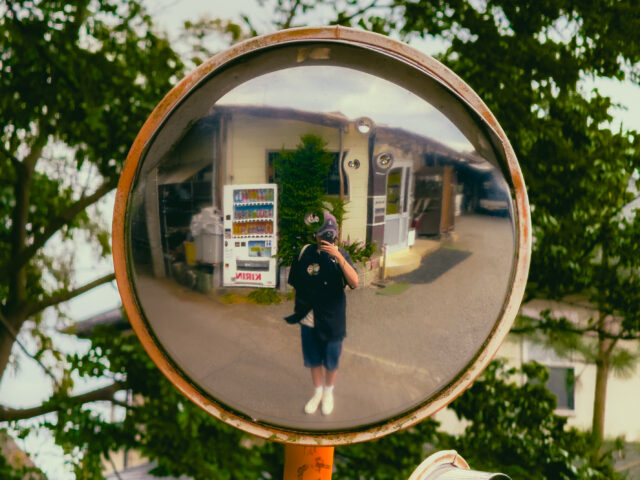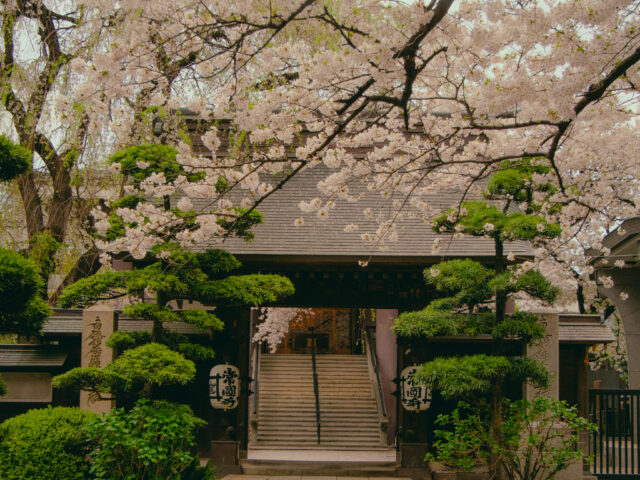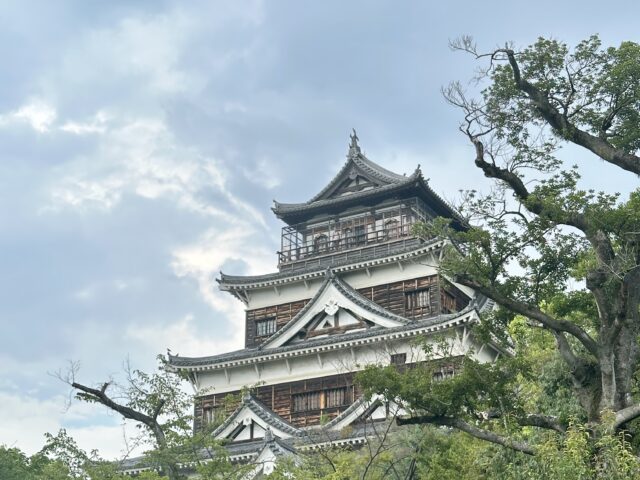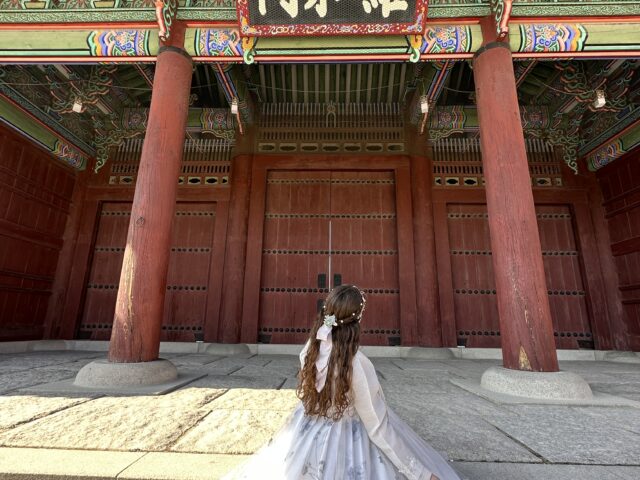I’ve been living in Japan for the past four months, and it’s been an amazing experience. Student life here is busy, especially if you’re trying to check off a bucket list. Regardless of the busy schedule, it’s important to take time to relax, and Japan has some of the best methods of doing just that.
One of my favorite experiences in Japan is visiting Japanese bathhouses and staying in ryokans (yes, there are some affordable ryokans!). One of the best feelings is sitting in a hot bath outside during winter; if you’re lucky, it might even be snowing. Maybe you’re with friends talking about the drama at school, or maybe you’re by yourself, enjoying the trees around you. Regardless, it will be an experience to remember.
Why you might be interested in visiting a bathhouse or Onsen
Onsens, or Japanese bathhouses, are a unique part of Japanese history. In the Edo Period, houses were small and often did not have baths built as part of the home. Instead, neighborhoods would have bathhouses where everyone could go to bathe and relax. This tradition has persisted through the years, and even today, bathhouses are frequently used by locals and families.
It’s worth mentioning that bathhouses and onsens are not exactly the same thing. Onsens generally refer to baths made with geothermal water, while bathhouses refer to any type of communal bath. Maybe you have heard the term ryokan. A ryokan is a type of hotel in Japan where you have access to a bathhouse or onsen.
It can be daunting to enter a public bath where there are already 20 people sitting in steaming-hot water, naked. You might also feel like you shouldn’t partake in these activities because you are a foreigner. There are other options, such as a ryokan, where you can rent a room with a private bath if you prefer. Or, if you decide to brave the experience or are just curious about how it works, read below.
How to Enjoy a Bathhouse in Japan
Don’t stare
This is pretty obvious, but I would still like to reiterate. As a foreigner, you might get some weird looks, but regardless, you should do your best not to stare and keep your line of sight toward people’s faces.
Bring your shower supplies
I recommend having a small, water-resistant bag that can hold everything you need to take a shower: shampoo, conditioner, body soap, luffa, brush, and a HAIR TIE. It’s important to keep the bathwater clean, so you must tie your hair up to ensure it does not touch the water. If you’re a guy with short hair, congratulations, you get to skip this step.
You might also be inclined to bring your own towel. You’ll want a full-sized towel and a smaller one to take into the bathhouse with you. Bathhouses will usually have towels that you can rent for a small fee, soaps that you can borrow for free, and hair dryers that may be free or not.
Enter the changing area
The bathhouses are separated between men’s and women’s baths. You’ll enter your respective bath area, and it will immediately lead you to the changing area. This area has lockers where you can leave your belongings. Take some time to change, use the connected restroom if needed, and then collect the items you’ll need for the bath: your shower items and the smaller towel.
The bath area will be through a sliding door. As you walk around, you may want to use the small towel to cover yourself. You’ll likely see many locals doing the same.
Shower off
Keeping the bathwater clean is important; therefore, you’ll need to take a full shower before entering the baths. There will be shower stations: handheld showerheads with plastic chairs lined along a short wall. Take a shower, tie up your hair, and dry yourself off.
Now, you’re ready for the bath. You can leave your items on the shelves off to the side. If you don’t see shelving, you can leave it on top of the half wall. Take your small towel and pick a bath. People may leave their towels on top of their heads or off to the side of the bath. Keep it out of the water because you’ll need it to dry off before going back into the changing area.
Enjoy the bath
Take your time and enjoy the baths. Feel free to move around between baths. If you feel your feet are dirty, you can use the scoops on the side of each bath to rinse your feet before entering.
Once you feel refreshed, relaxed, and ready to exit, step out of the bath and rinse yourself at the shower station if you like. If you left your conditioner in while bathing, this is when you would rinse that out.
Our Afforabale Ryokan Experience
I went with two friends to Nikko, Tochigi, Japan, during autumn while the leaves were changing colors. We stayed in an old ryokan with a shared bath near the river. The ryokan we stayed in was not exactly in Nikko but along the Kinugawa River.
It was a small town. So small that the shops all closed by 7 p.m., and there was one main street. We took the bus to get into town and checked into the ryokan, which overlooked the small canyon down to the river.
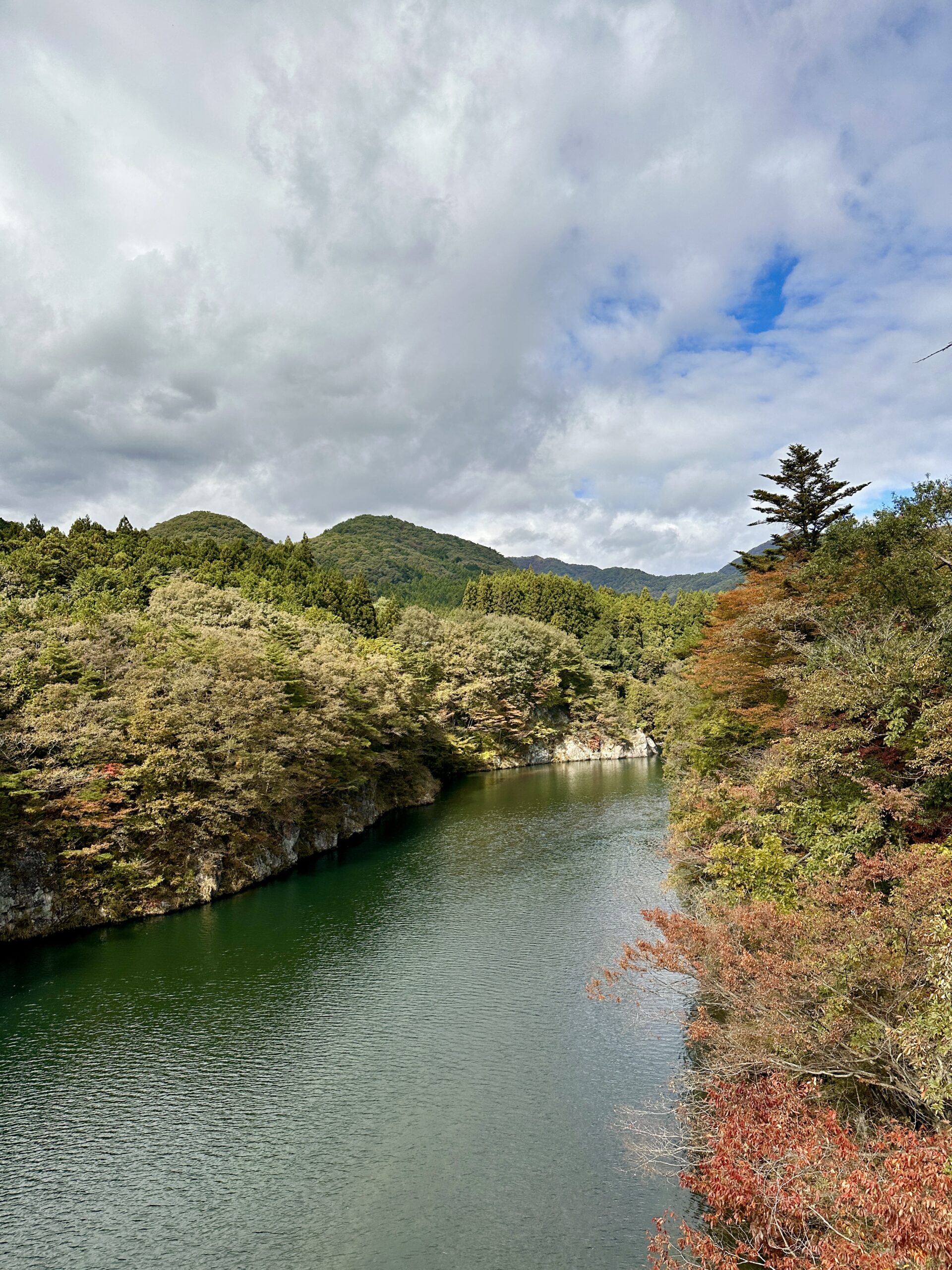
We opted for the traditional tatami mat room with futons but decided not to purchase the dinner and breakfast with the ryokan to help save money. Instead, we checked in and relaxed until dinnertime. Around 6 p.m., it was already dark. We ventured outside to find a restaurant without realizing everything closed so early!
Luckily, we found a small place. The restaurants in this town are the traditional type, where the shop owner likely lives in the back or on the second floor. We entered and noticed there was one other customer there. In Japanese, he shouted to the back, “Your favorite customers are here…foreigners!”
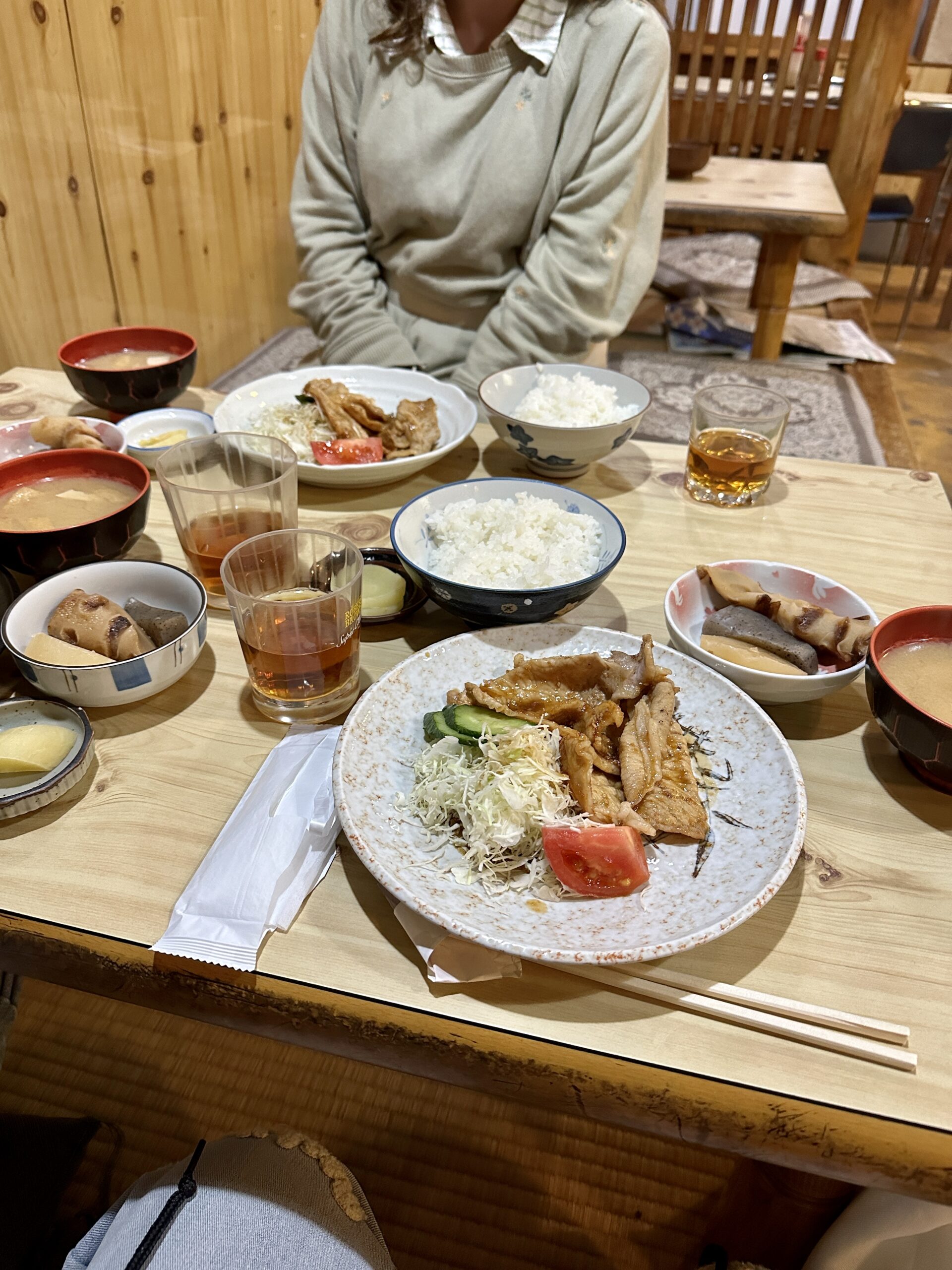
Turns out the customer was good friends with the shop owner. The shop owner was so friendly and shared stories with us. He didn’t speak English but explained that he loves it when foreigners come to the town because they are always so ‘smiley.’
After dinner, we walked back to the ryokan and enjoyed the bathhouse surrounded by the autumn leaves. We wore our yukata, which were provided by the ryokan. These garments are perfect to wear down to the bath and/or after the bath while you settle down for a good night’s sleep.
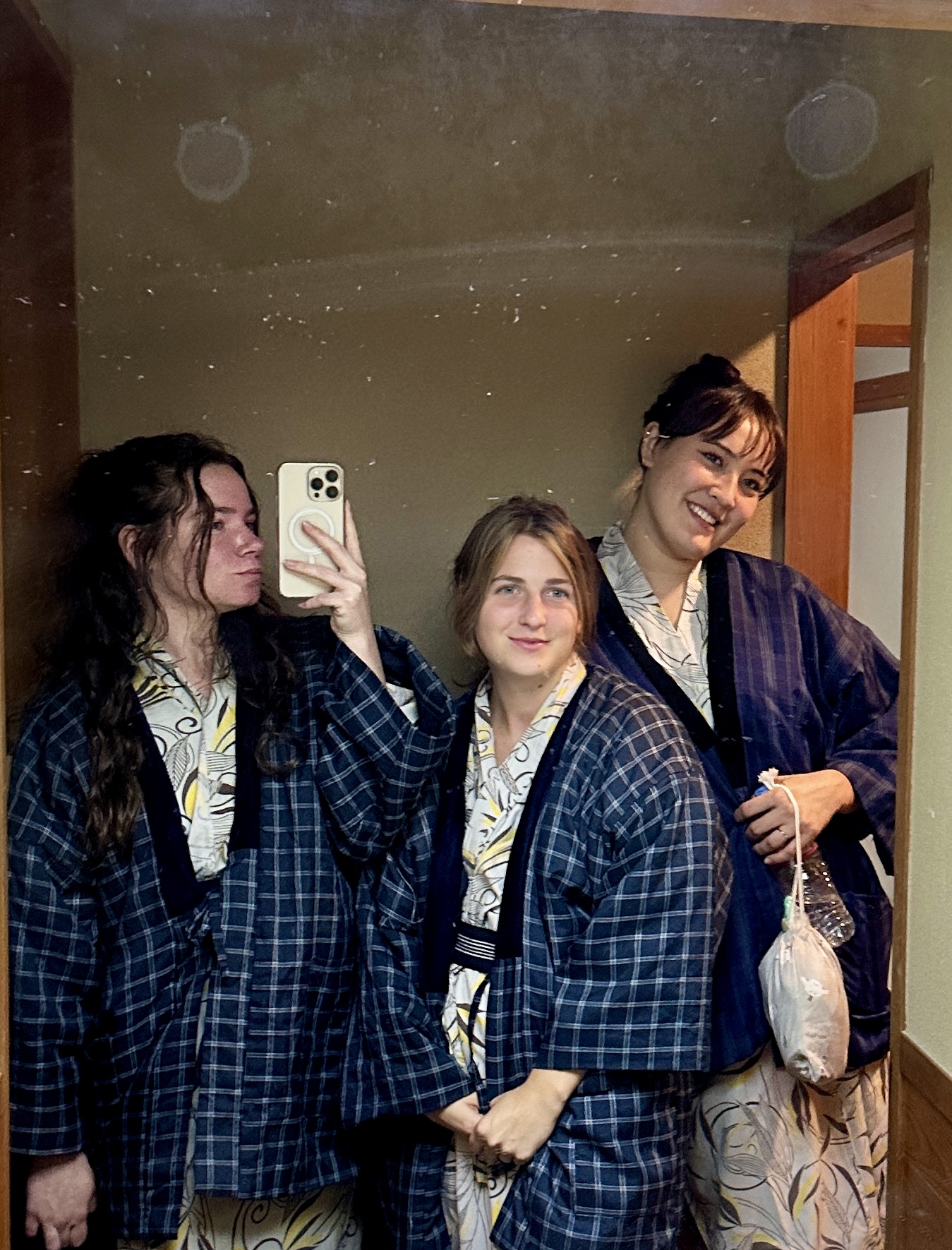
The next morning, we packed up and stacked the futons away. This is not required by the hotel but is a polite way to leave the room. If you’re nervous about sleeping on a futon, don’t be. Every time I sleep on a futon, it’s some of the best sleep of my life. They’re fluffy and warm; I promise you’ll fall asleep as soon as your head hits the pillow.

The pillow is sometimes made out of beans, but it will be okay. The only reason to be worried about sleeping on a futon is if you struggle to stand back up after sitting on the ground. But many ryokans offer Western-style rooms if that’s more to your liking.
My Recommendation
Trying out bathhouses can be intimidating, but it’s become one of my favorite parts of Japan. If you don’t feel comfortable going to a public bathhouse, I recommend going to a ryokan. Ryokans will have fewer people, and those people might also be foreigners.
Bathhouses, onsens, and ryokans are a one-of-a-kind experience in Japan. And if you choose to partake, it will definitely be one of your most authentic cultural experiences.
Allison Hale, Arizona State University, is studying abroad in Japan with TEAN.




